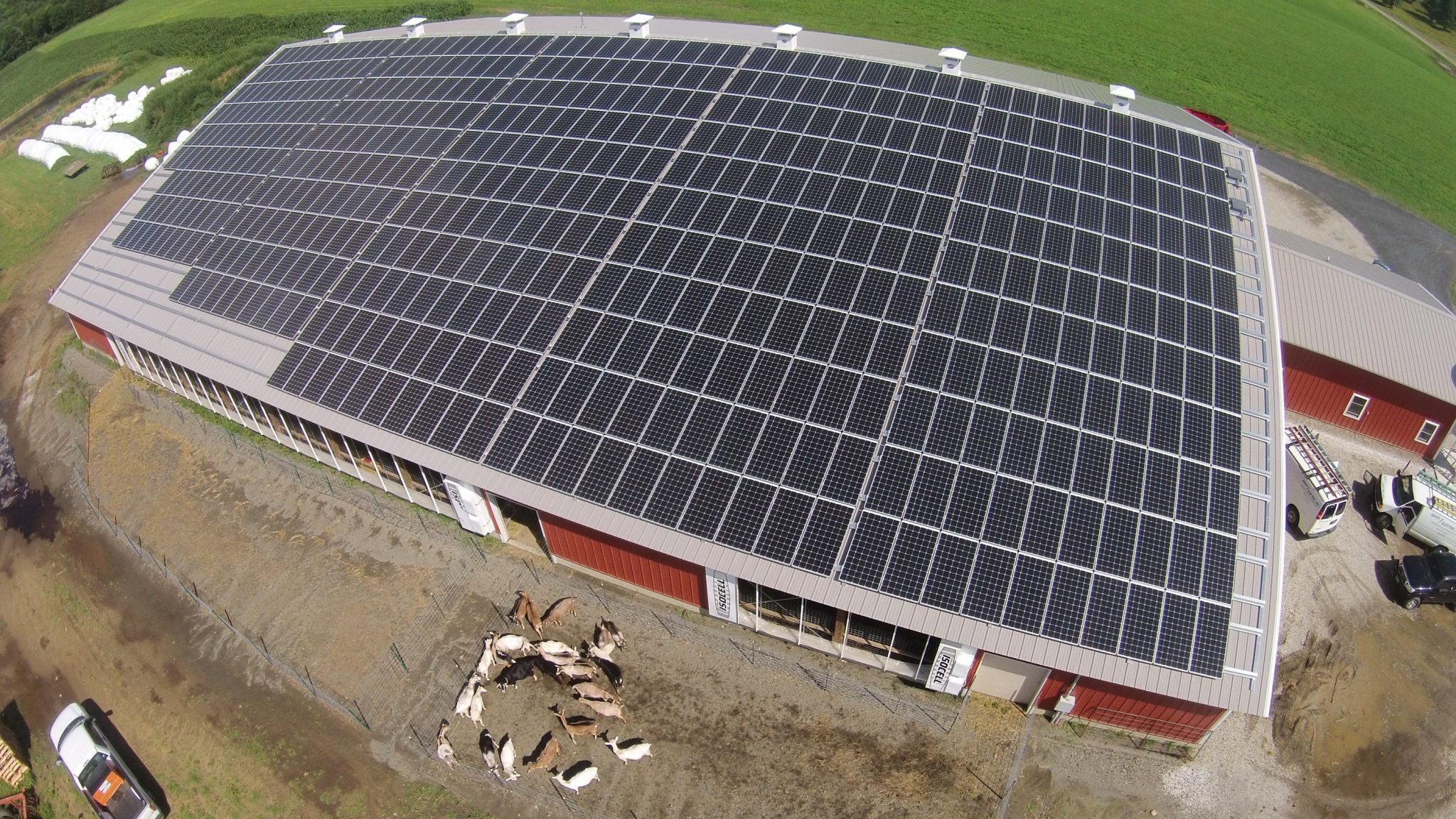By Brian Shupe
When representatives from 195 nations signed an agreement last December to reduce greenhouse gas emissions in order to keep global temperatures from rising more than 2 degrees Celsius this century, it marked the beginning of the end of the fossil fuel era.
That historic agreement, combined with the veritable revolution in renewable energy technology — including the sharp drop in the cost of solar in recent years — has accelerated the inevitable transition to clean energy.
It’s no longer a question of if we will transition away from fossil fuels but whether this energy transformation can happen fast enough to maintain a livable planet for future generations, and how the transformation will occur. The answers to these questions will be shaped by public policy.
In Vermont, both federal and state incentives, including the federal solar investment tax credit, have helped leverage millions of dollars in private investment and create thousands of well-paying jobs. A combination of policies, programs and the state’s commitment have made it possible for more Vermonters to become part of the renewable energy transition and lock into a more affordable, stable and clean energy supply.
This is good news for the planet and for the state’s economy.
The combination of distributed generation of renewable energy and investments in energy conservation and efficiency (arguably a more important investment since the cheapest electricity is the electricity never used) have also saved the state $400 million in deferred transmission and distribution upgrades. At the same time, most Vermonters’ electric bills have declined in recent years, and Vermont now has the second lowest electric rates in New England.
Like every significant societal transformation — from building our nation’s highway system to developing an interconnected communications network — it has not been without controversy or challenges. It’s not surprising that there would be stumbling blocks, as Vermont charts a new path that will alter the state’s working landscape, as electricity becomes a crop harvested from the sun, water or wind.
Much of the controversy surrounds the process for regulating energy projects. In Vermont, electrical energy facilities, including transmission lines, power plants and solar panels, are subject to so-called “Section 248” review by the Public Service Board. This is because electricity is considered a public good that is part of a statewide electric grid, subject to regulation to ensure that the grid is reliable and that ratepayers are protected from unnecessary costs.
As part of their review, the PSB considers environmental impacts similar to those included in the Act 250 process, and developers are subject to a variety of permits issued by the Department of Environmental Conservation related to such issues as stormwater runoff and wetland protection.
Some communities and neighbors have asserted that the Section 248 process is too difficult to navigate and that community concerns regarding local impacts are seldom addressed. Others have maintained that the process is rigorous but works well, and that the transition to clean energy is urgently needed. They argue that reducing predictability in the process by imposing different rules for different towns not only imperils that transition but would undermine the state’s ability to create a more nimble “smart” electrical grid that depends on small-scale, distributed energy generation.
Last year, the Vermont Legislature directed a Solar Siting Task Force to study these contradictory concerns and make recommendations for addressing them. The Senate Committee on Natural Resources and Energy is in the process of considering those recommendations and what changes, if any, might improve how and where distributed generation occurs.
That is no easy task, as the public debate over energy issues in Vermont is largely defined by extremes and can become personal and vitriolic. The committee has attempted to move beyond the conflict, however, and is considering several commonsense solutions recommended by the task force. These include:
— Expand the role of regional planning in the land use and siting process and empowering the state’s 11 regional planning commissions to engage municipalities and adequately plan for meeting the state’s goal of meeting 90 percent of our energy needs from renewable sources from renewable energy by 2050.
— Create incentives for the location of larger solar arrays on sites designated by communities, as well as incentives for projects in the built environment, such as rooftops, landfills, brownfields.
— Appoint a public assistance officer to help parties — applicants, municipal officials, neighbors — understand and more effectively participate in regulatory proceedings.
— Empower the Agency of Agriculture, Food and Markets to participate in the Section 248 process to better protect prime farmland through site and installation design standards.
— Take steps to create clear, predictable guidance for the PSB and solar developers to minimize adverse aesthetic impacts of new solar facilities.
These solid recommendations, combined with expected changes to the state’s net-metering rules, suggest that many legitimate siting concerns might be addressed while not retreating from the state’s commitment to a clean energy economy. I hope so.
The Paris agreement marks the overdue beginning of a new era. Whether we like it or not, Vermont’s long reliance on dangerous nuclear energy and dirty power transmitted from far-flung locations is ending. As the state takes responsibility for our own needs, and becomes more energy independent, we should embrace this transition in a way that balances the variety of goals and concerns that Vermonters care about.
Brian Shupe is executive director of the Vermont Natural Resources Council.





